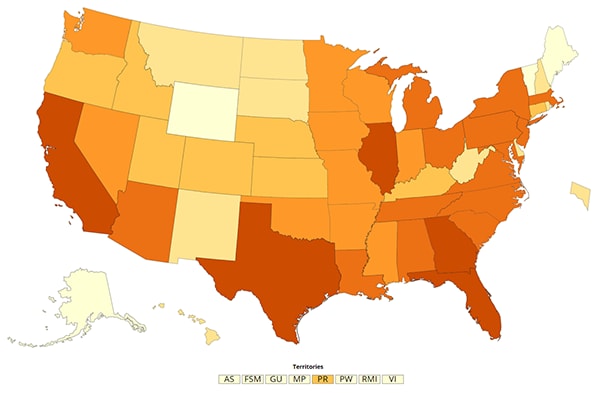Received this email from a friend? Sign up now |
|---|
August 31, 2020 This message includes updates on the COVID-19 response from CDC. The COVID-19 Outbreak is a rapidly evolving situation and information will be updated as it becomes available. |
|---|
Stay Safe at the Pool and BeachStaying six feet apart, wearing a mask, and washing your hands are just a few ways you can help slow the spread of COVID-19. This video includes these and more tips for how to stay safe at the pool and beach this Labor Day weekend. |
|---|
Travel during the COVID-19 PandemicTravel may increase your chance of getting and spreading COVID-19. Find out what to consider before, during, and after travel on our Travel during the COVID-19 pandemic web page. If you travel, take steps to protect yourself and others from COVID-19 during your trip. Wear a mask, stay 6 feet from others, and wash your hands. |
|---|
Attending an Event or GatheringIf you’re attending an event or gathering, prepare before you go by checking with the organizer or event venue for updated information about any COVID-19 safety guidelines and if they have steps in place to prevent the spread of the virus. Use social distancing and limit physical contact, wear masks, and limit contact with frequently touched surfaces. |
|---|
Visiting Parks and Recreational FacilitiesProtect yourself and others from COVID-19 when visiting parks and recreational facilities. Visit areas that are close to your home, avoid crowded parks or campgrounds, stay at least 6 feet away from people you don’t live with, wear a mask, and wash your hands often. |
|---|
Hosting Gatherings or Cook-outsHelp prevent the spread of COVID-19 when hosting gatherings or cook-outs. Remind guests to stay home if they’re sick, host gatherings outdoors if possible, arrange chairs to allow for social distancing, and don’t shake hands, give hugs, or do elbow bumps. |
|---|
Coronavirus Disease 2019 (COVID-19) in the U.S. |
|---|
As of August 31, 2020 In the United States, there have been 5,972,356 confirmed cases of COVID-19 detected through U.S. public health surveillance systems in 50 states and the District of Columbia, Puerto Rico, Guam, the Northern Marianas Islands, and U.S. Virgin Islands. CDC provides updated U.S. case information online daily. |
|---|
|
|---|

